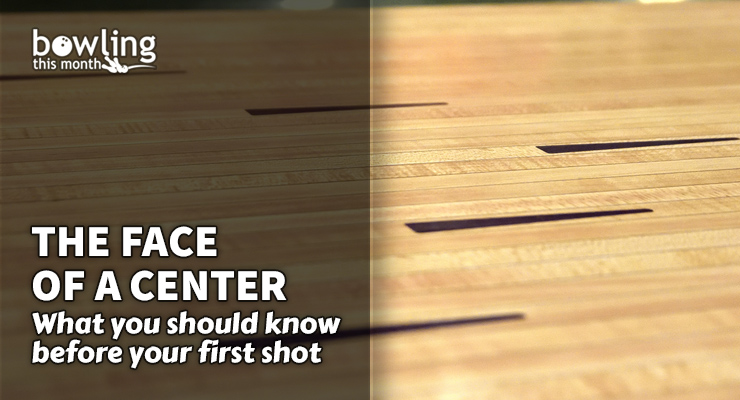Bowling centers around the world all have lanes that are 60 feet long and 39 boards wide with 10 pins standing at the end, but what many people don’t realize is that every bowling center also has certain unique characteristics. These characteristics are products of the center’s age, geographical location, and usage. Just like two holes in golf that have the same yardage, they can be very different in how they are laid out and how you should attack them. In this article, I will discuss what characteristics to look for in a bowling center when you walk in.
We’ll look at the age and type of the lanes, the influence of the center’s layout, and even the climate where and when you’re bowling. Knowing one little characteristic about a center before you throw a shot can sometimes give you a one-shot advantage, which can turn into 10 to 15 extra pins game.
Lane surface type and age
Every bowling center around the world ages differently based on the quantity and type of traffic they have and how well they maintain their lane surface. A house full of leagues will have different surface wear than one with mostly open play. Wood lanes present different characteristics than synthetic ones.
Synthetic surfaces have been around for nearly 30 years now, and many of them are beat up like wood lanes used to get after many years of usage. High performance bowling balls don’t just hook by themselves; they have little sharp “edges” in the coverstock that dig into the lane to help it grab the surface and start hooking earlier. While synthetic lanes might look new or recently installed to the naked eye, they have thousands of little slashes in the front part of the lane from the bowling balls slamming ...
This article is only available to Bowling This Month subscribers. Click below to get instant access to this article and all of our other premium instructional content.
Subscribe to Bowling This Month
Already a Bowling This Month subscriber? Click here to log in.
Image Credits: Bowling lane image (©iStock.com/radbut) is licensed for use by BTM and is the copyrighted property of its original creator.
